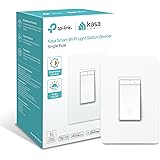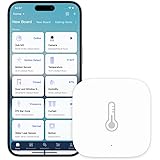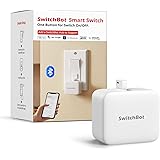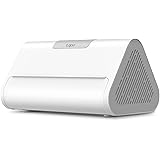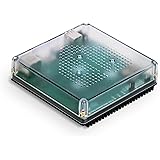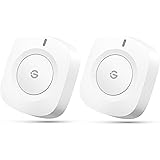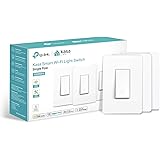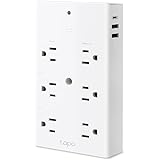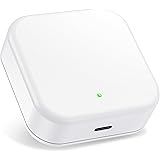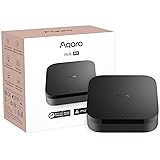
Home automation light bulbs let you turn hard-to-reach lamps into a whole house control center, change the brightness and color of your lights to match different moods or time of day and set schedules so that your lights shut off when you’re not home. Some are pricier than others, but they can save you money in the long run by cutting down on energy usage and helping you avoid leaving lights on or forgetting to switch them off when you leave.
Smart bulbs work with either your Wi-Fi connection or via a hub that you plug in, and they can be connected to other devices like voice assistants, home security cameras and smart speakers. Typically, you can control multiple bulbs from your smartphone or tablet using a paired app. Many can be grouped and set to automatically adjust to the sun’s changing schedule, making them better for lighting your house when you’re away or creating a night-light setting for your kids’ rooms. They can also be controlled by voice, and some support features such as vacation mode, home and away modes and syncing with movies and music.
There are two main types of smart bulbs available: ones that connect directly to your router and don’t require a hub, and those that connect to a hub, which also handles the connections with other devices and systems. A hub usually works with a proprietary system, but some smart bulb brands use more than one wireless technology to help make their products compatible with other systems you might already have in place.
For example, Philips’ Hue bulbs connect to a hub that’s sold separately or included in a starter kit. However, the brand has a number of new Hue bulbs that skip the hub altogether and connect directly to your home’s Wi-Fi. They’re still more expensive than those that connect to a hub, but the Hue app is easy to navigate and the smart bulbs are compatible with HomeKit, Amazon Alexa and Google Assistant without the need for an extra hub or device.
GE’s Smart Bulb is another option that doesn’t require a hub to connect to your home Wi-Fi and supports Amazon Alexa, Google Assistant and Apple HomeKit. Its app is a bit more complicated to use than those of other leading smart bulbs, but it’s still straightforward enough for people who aren’t tech-savvy to figure out how to manage their lights and create schedules.
Similarly, LIFX’s color-only smart bulbs are a good choice for people who don’t want to deal with the hassle of connecting their bulbs to a home automation system. The company’s color-bridging bulbs are easy to set up and offer striking, saturated colors. The 1100 lumens in its Color A19 bulb is more than sufficient for most rooms, and it’s compatible with the three major platforms that people use to control their lights. The cheapest option is the LIFX Mini, which is only slightly smaller and costs $35 per bulb.
